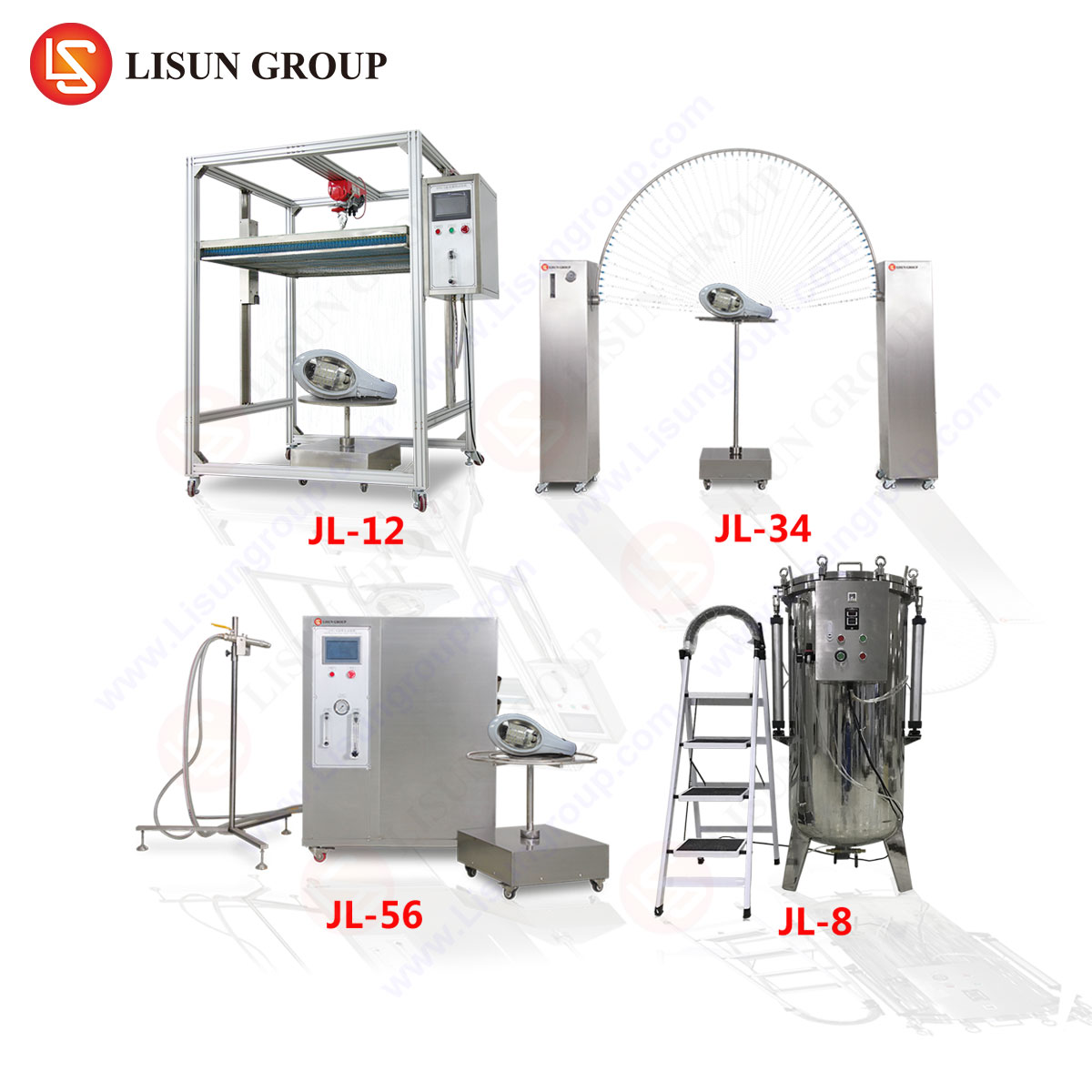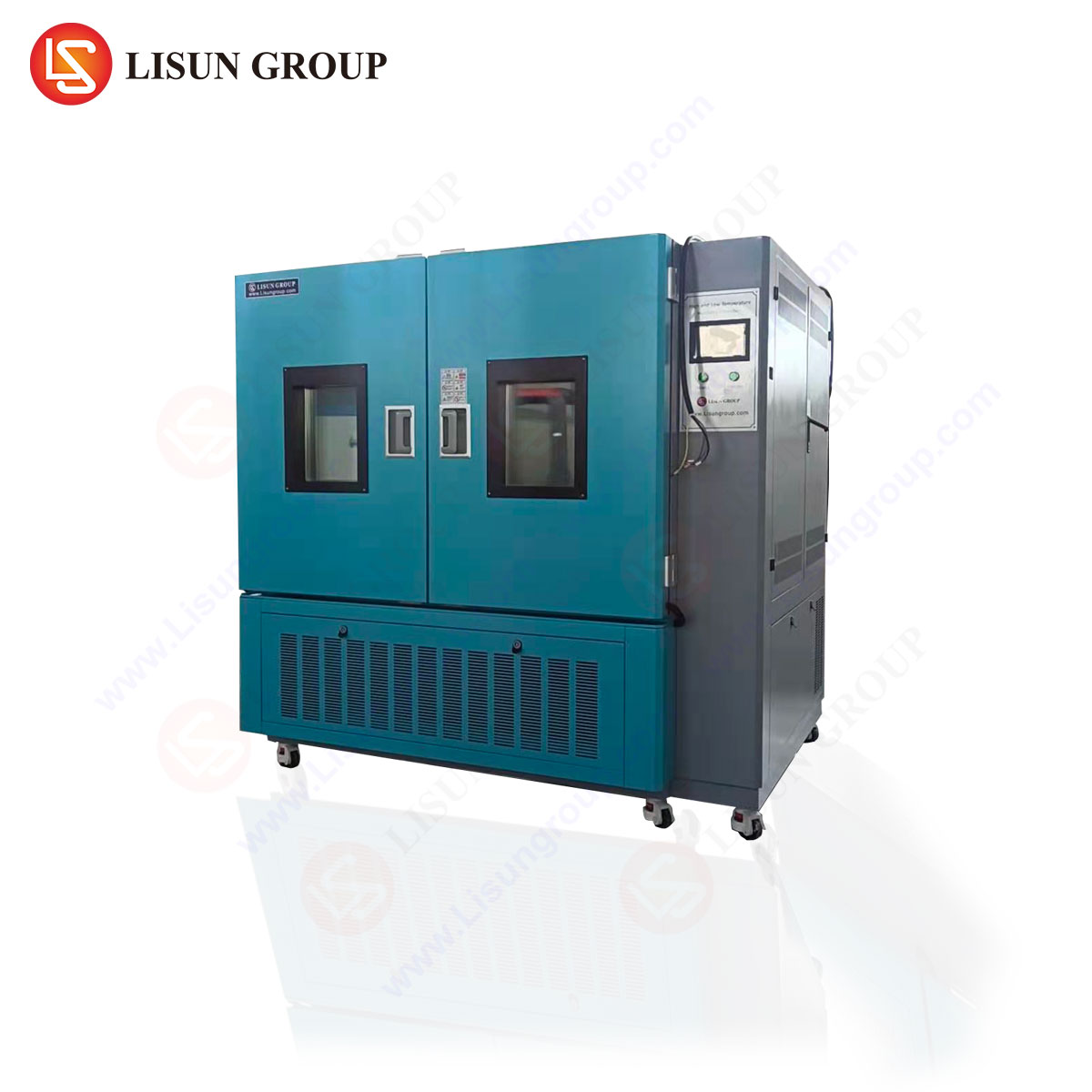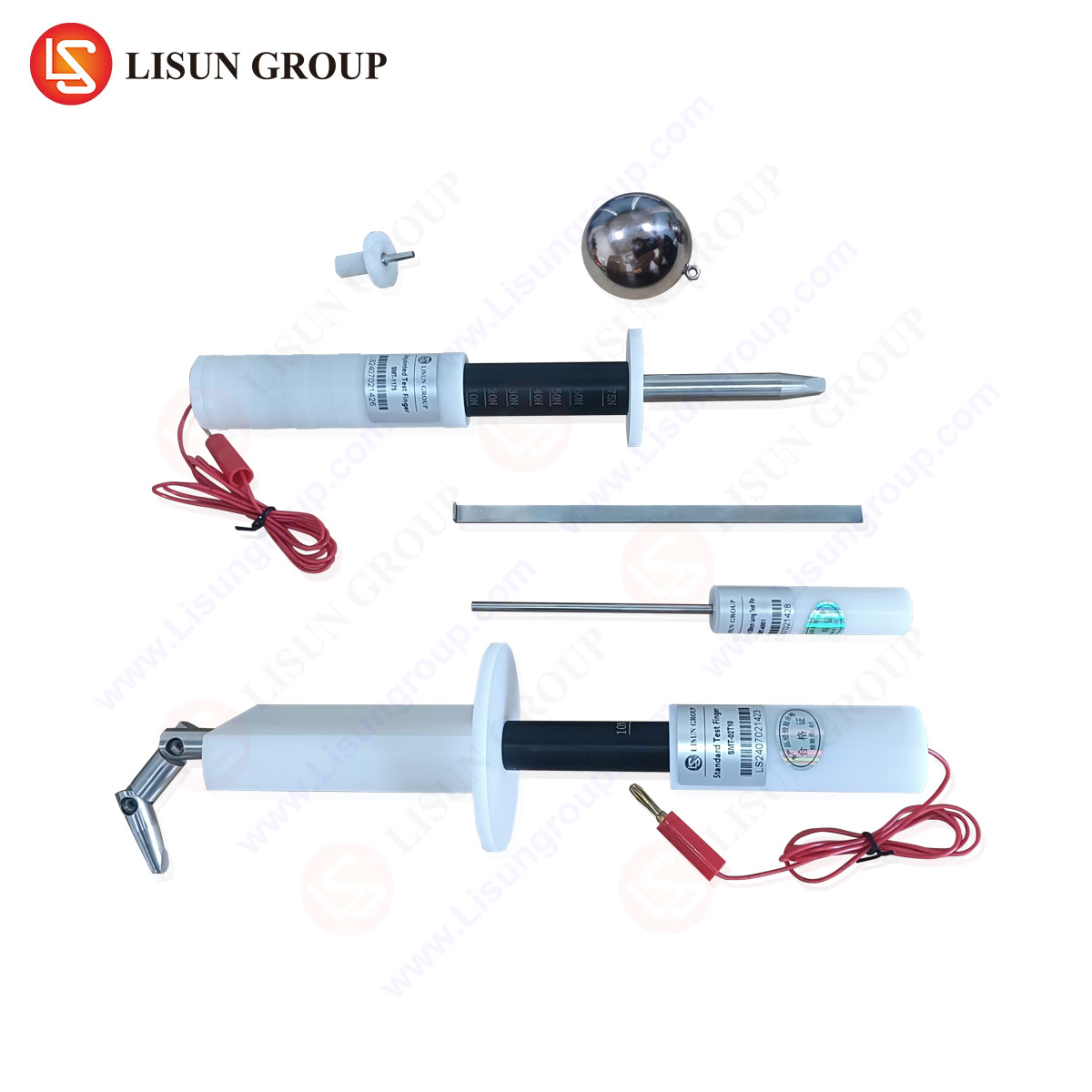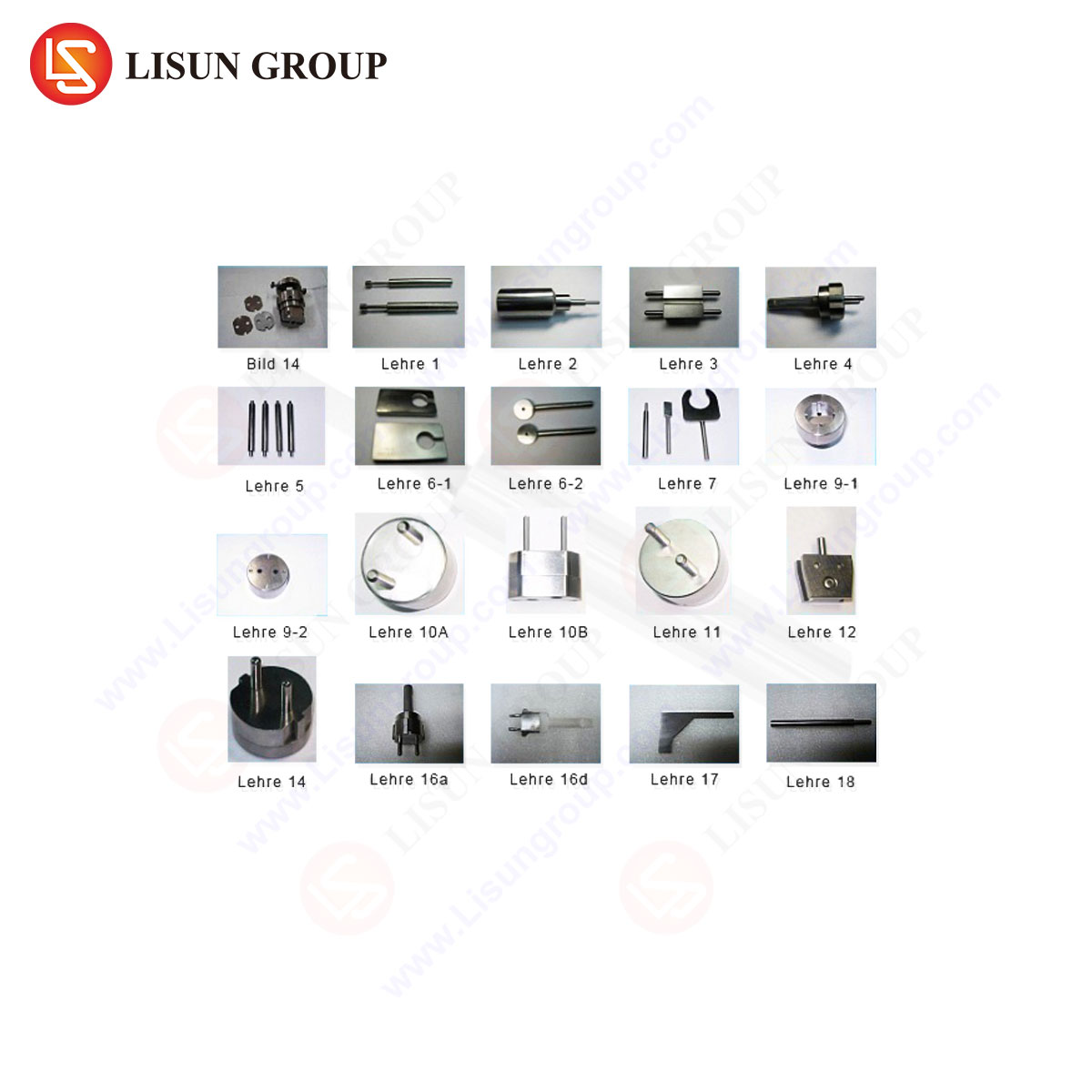An Analysis of Test Probe D with Cable for IEC 61032 Compliance
Introduction to Mechanical Safety Testing and the Role of Standardized Probes
The verification of mechanical safety in electrical and electronic equipment constitutes a fundamental pillar of product design and compliance engineering. A primary objective is to ensure that enclosures and protective coverings adequately safeguard users from accessing hazardous live parts or moving components. To standardize this evaluation process across global markets, the International Electrotechnical Commission (IEC) developed standard 61032, “Protection of persons and equipment by enclosures – Probes for verification.” This document specifies the exact dimensions, materials, and application forces for a series of test probes, each designed to simulate a specific type of access threat. Among these, Test Probe D, often colloquially referred to as the “test finger,” represents the most frequently employed probe, modeling the access capability of a human finger or a similar object held in the hand. The integration of a calibrated cable with this probe is critical for applying the precise electrical continuity monitoring required by the standard, transforming it from a simple mechanical tool into a sophisticated diagnostic instrument.
Technical Specifications and Design Parameters of IEC 61032 Test Probe D
IEC 61032 provides meticulous dimensional and material specifications for Test Probe D to ensure uniformity and repeatability in testing across laboratories and manufacturers worldwide. The probe itself is a simulation of a human finger, typically fabricated from robust, non-conductive materials such as high-impact phenolic or similar insulating polymers to prevent accidental electrical bridging during testing. Its design features three jointed segments, replicating the knuckle joints of a finger, which allow it to articulate and probe openings in a manner representative of actual human interaction.
The critical dimensions are explicitly defined. The overall length of the finger simulation is 100 mm. The first two sections are each 30 mm long, with the final section measuring 40 mm. The diameter of the finger is 12 mm, and the radius of the fingertip hemisphere is 3 mm. A pivotal aspect of the design is the “stop face,” a shield of 50 mm diameter and 25 mm depth that prevents the probe from penetrating beyond a predetermined point, ensuring the test simulates access by a finger and not an entire hand or arm.
The accompanying cable is not merely a wire but an integral component of the test system. It must be of a flexible, durable construction, capable of withstanding repeated articulation without fracture of its internal conductors. The cable is electrically connected to the metal foil that is wrapped around the surface of the test finger. This foil, specified to be less than 0.05 mm thick, ensures that any contact between the probe and a live part will be detected. The entire assembly—probe, foil, and cable—must present a electrical resistance of not less than 50 MΩ when tested with a DC 500 V insulation resistance tester to verify its own integrity before application.
The Operational Principle and Testing Methodology
The operational principle of the Test Probe D with cable is grounded in the concept of accessibility detection through electrical continuity. The testing methodology is a systematic process. First, the test equipment is calibrated. The probe is connected to a monitoring circuit, often referred to as a “contact indicator.” This circuit is typically specified to use a non-destructive test voltage of no less than 40 V and no more than 50 V, with a current delivery capability not exceeding 5 mA. A visible or audible signal, such as the illumination of an LED or an audible alarm, is triggered if the circuit is completed.
The test itself is conducted by applying the probe to every opening, vent, gap, or joint in the equipment enclosure with a force not exceeding 10 N. The articulating joints allow the probe to be angled and manipulated to attempt access from various directions, simulating how a user might instinctively probe a device. The metal foil covering the probe acts as a sensing surface. If the probe can be maneuvered such that the foil makes contact with a hazardous live part or an unprotected moving component (like a fan blade), the monitoring circuit is completed, and the indicator activates. This constitutes a test failure, indicating that the design of the enclosure does not provide the degree of protection claimed (e.g., IP2X for finger-safe access).
The force application is critical; excessive force can damage the equipment under test and yield a false positive, while insufficient force may not adequately simulate real-world probing. The 10 N limit is a carefully chosen value that balances these concerns. The test must be performed on equipment in its most likely configuration—both during normal operation and, where relevant, with covers removed or doors opened as intended by the user.
The LISUN Test Finger: Engineering Precision for Compliance Verification
The LISUN Test Finger, Test Probe, and Test Pin series are engineered to meet and exceed the stringent requirements of IEC 61032, providing manufacturers and testing laboratories with reliable and accurate tools for safety validation. The LISUN Test Probe D is machined to precise tolerances from high-grade insulating materials, ensuring dimensional accuracy and long-term durability against wear from repeated use. The articulation of its jointed sections is smooth yet firm, providing realistic movement without excessive play that could compromise test results.
A key differentiator of the LISUN system is the integration of its high-quality, shielded cable. Designed for low electrical resistance and high flexibility, the cable ensures a reliable signal path from the probe’s foil to the external indicator. LISUN often provides a complete kit, which may include a calibrated indicator unit, spare foil, and verification jigs, offering a turnkey solution for compliance testing. This holistic approach reduces potential variables and ensures that the entire measurement chain, from the point of contact to the indicator, is certified for accuracy.
The competitive advantage of the LISUN product lies in its traceable calibration and construction quality. Where cheaper alternatives may use substandard polymers or imprecise machining, leading to false failures or, worse, false passes, the LISUN probe’s fidelity to the standard ensures that test results are trustworthy and defensible during audits or certification processes. Its robust design minimizes maintenance and the need for frequent recalibration, providing a lower total cost of ownership for high-volume testing facilities.
Industry-Specific Applications and Use Cases
The application of Test Probe D is ubiquitous across industries where user-accessible electrical equipment is present.
- Household Appliances and Consumer Electronics: From toasters and blenders to game consoles and routers, these devices are subject to curious probing by consumers. Test Probe D verifies that live terminals within battery compartments, ventilation slots, and seams between panels cannot be touched.
- Lighting Fixtures: Both indoor and outdoor luminaires must prevent finger access to live parts within the lamp housing or wiring compartment, especially after the removal of a diffuser or lampshade, which is often a user-serviceable action.
- Industrial Control Systems and Automotive Electronics: Control panels, motor drives, and in-vehicle infotainment systems are tested to ensure that operators and mechanics cannot accidentally contact high-voltage DC busbars or terminal blocks through service openings.
- Electrical Components: The standard is paramount for testing switches, sockets, and connection terminals. A socket must prevent the entry of a finger into the live contact chamber, while a switch must guard against access through the actuation lever’s pivot point.
- Medical Devices and Telecommunications Equipment: Patient safety is paramount. Probe testing ensures that ports, vents, and panel gaps on medical monitors or server racks in data centers cannot be penetrated, protecting both users and critical equipment.
- Aerospace and Aviation Components: In-flight entertainment systems, control panel interfaces, and galley equipment must all be certified to prevent any risk of electrical shock to passengers or crew in the demanding environment of an aircraft.
- Toy and Children’s Products Industry: This represents one of the most critical applications. Toys with battery compartments or internal electronics must be rigorously tested to ensure that a child’s finger cannot access any potentially hazardous energy source, with testing often performed at greater angles of articulation to simulate a child’s probing.
Interpreting Test Results and Implications for Product Design
A successful test, where the indicator does not activate, validates that the product’s enclosure meets the required degree of protection. This is a pass/fail test, but the data it provides is profoundly informative for the design process. A failure necessitates immediate design modification. Common remedial actions include reducing the size of ventilation openings to below 12 mm, adding internal baffles or barriers behind grilles, increasing the depth of a recess around a socket, or improving the rigidity of a flexible enclosure to prevent it from deforming under the 10 N force and creating a temporary, accessible gap.
The test forces engineers to adopt a “design for safety” mindset from the earliest stages. It encourages the consideration of not just static dimensions but also dynamic factors such as flexing, warping under heat, and the effects of aging on materials. Understanding the probe’s reach and articulation helps designers create inherently safe products, avoiding costly last-minute redesigns and tooling changes.
Frequently Asked Questions (FAQ)
Q1: How often does the Test Probe D need to be recalibrated?
Recalibration intervals depend on frequency of use and the laboratory’s quality procedures, typically ranging from annual to biennial cycles. It involves verifying the dimensional accuracy of the probe, the electrical continuity of the system (resistance of the foil and cable), and the functional accuracy of the contact indicator. Heavy use or any physical damage to the probe would necessitate immediate recalibration.
Q2: Can the same Test Probe D be used for other standards like IEC 60529 (IP Code)?
Yes, absolutely. Test Probe D is common to both IEC 61032 and IEC 60529. The IP Code’s “first characteristic numeral” of 2 (as in IP2X) specifically calls for protection against access by a finger using this exact probe. A single, well-maintained LISUN Test Probe D can be used for verification against both standards, making it a versatile investment.
Q3: What is the purpose of the metal foil, and how is it applied?
The ultra-thin metal foil (<0.05 mm) simulates the electrical conductivity of human skin. It must be applied smoothly and without wrinkles to entirely cover the surface of the test finger. Any gap in the foil could lead to a false pass, as a live part might be contacted by the non-conductive probe material without completing the circuit. Proper application is therefore critical for test validity.
Q4: Our product has very small openings that a finger clearly couldn’t enter. Is testing still necessary?
Yes. The test is not solely about what a finger can fully enter, but what it can probe. A small opening might still allow the articulated tip of the probe to make contact with a live part that is positioned immediately behind the opening. Furthermore, the test verifies that flexible parts or parts with applied force do not deform to create a hazardous opening. Compliance testing is mandatory for certification and must be empirically verified.
Q5: What distinguishes a high-quality probe like LISUN’s from a lower-cost alternative?
The differences are found in material quality, manufacturing precision, and overall system integrity. A high-quality probe uses dimensionally stable, durable insulation material and precision machining to ensure every radius and joint exactly matches the standard. The cable and connections are robust. A cheap probe may use softer plastics that wear quickly, have loose joints that alter the probing reach, or feature a fragile cable, any of which can introduce significant measurement uncertainty and render compliance testing invalid.







